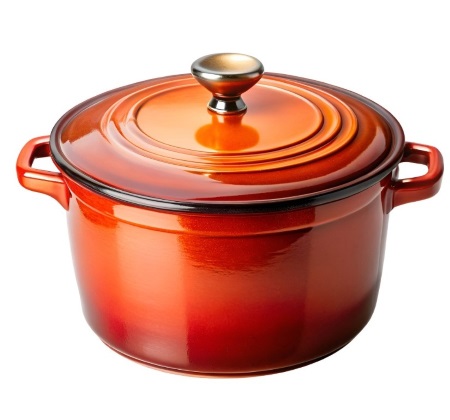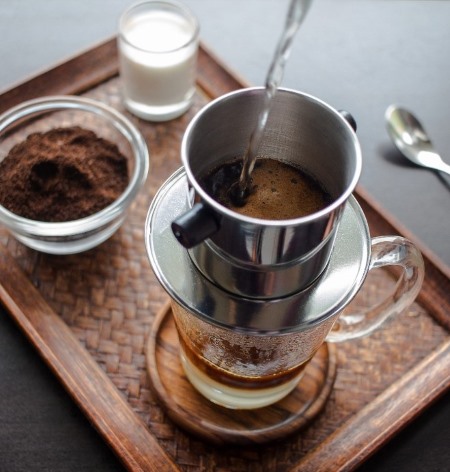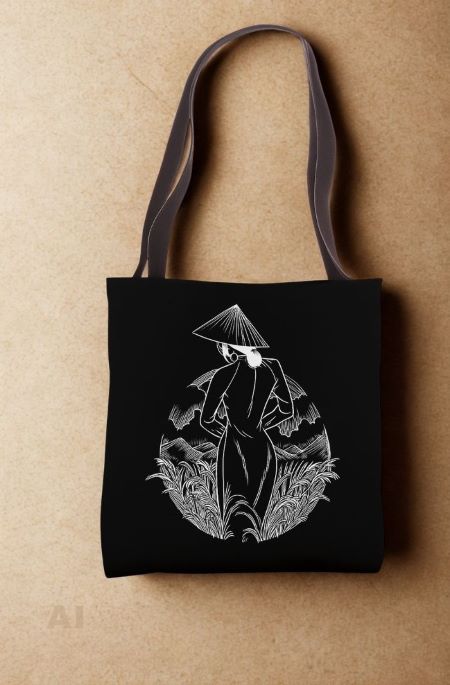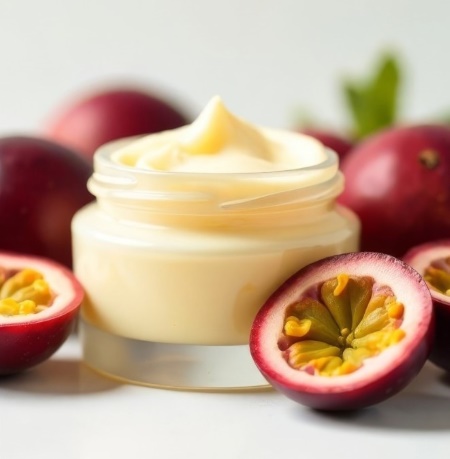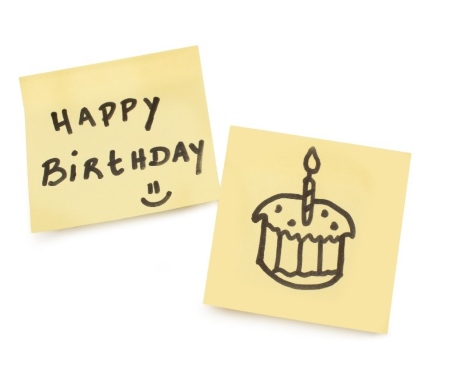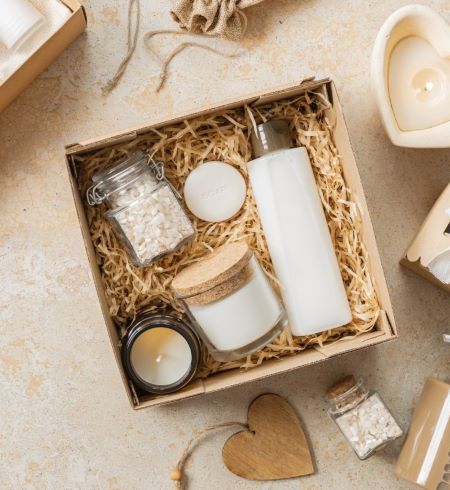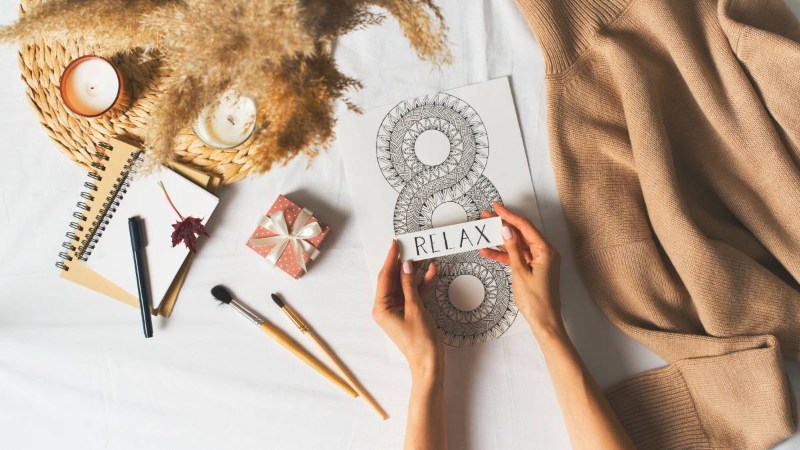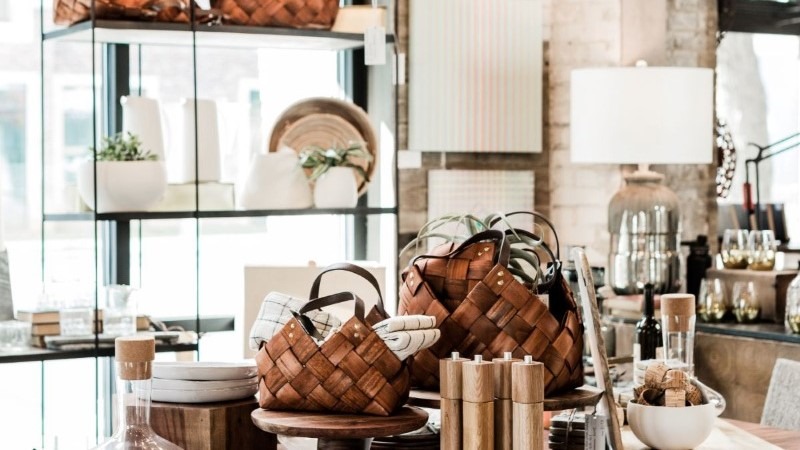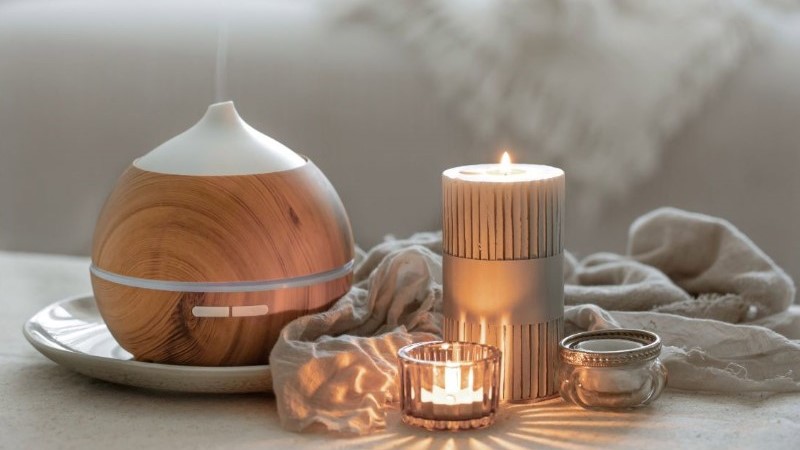Some of the links on this blog may be affiliate links. This means that if you make a purchase through these links, we may earn a small commission at no additional cost to you. We are a participant in the Amazon Services LLC Associates Program, an affiliate advertasing program designed to provide a means for us to earn advertising fees by linking to Amazon.com and affiliate websites.
Birthdays are one of the most universal holidays, yet their celebrations can vary dramatically across cultures and countries. While cakes and candles are the norm in most cultures, you can also find customs like smashing clay pots, rubbing flour on faces, or singing in unique ways. These differences result from centuries-old traditions, beliefs, and historical and religious influences.
The Ancient Roots of Birthday Cake Tradition
History shows that birthday traditions around the world evolved from pagan rituals for deities to the modern form of German children’s parties known as Kinderfeste.
According to various sources, the custom of birthday cakes with candles originated in ancient Greece, where round cakes symbolizing the moon, lit by flames, were offered as offerings to the goddess Artemis.
In this article, we will take a look at birthday traditions from 10 countries whose customs will surprise you. We will also provide gift ideas that fit the local traditions and norms.

German Birthday Traditions
Stair Cleaning and Bottle Cap Collection for Singles
In Germany, there are a series of humorous and slightly mischievous traditions for single people who reach a certain age. The most famous involves men celebrating their 30th birthday. Friends drag the single person celebrating their 30th birthday to the local town hall or church. They dump a mountain of beer bottle caps or other small pieces of trash in front of them. Their task is to sweep the stairs or square until a virgin kisses them (or really any woman who takes pity on them).
For single women who turn 25, a German birthday tradition is Schachtelkranz. Friends or family hang a wreath or chain made of old boxes and cardboard on her door, symbolizing that she is an “old maid” (alte Schachtel).
Symbolism and Context
While it may sound cruel, these German birthday traditions are purely humorous and are a form of good-natured public teasing of friends. Sweeping symbolically demonstrates that the birthday person is ready to “clean up” their life and finally settle down. It’s also a way to bring the local community together and have a great time at the expense of the birthday boy or girl, who is usually the center of attention in the entire town.
- It's designed for both first-timers and hobbyists with easy-to-follow instructions
- The kit includes all the necessary ingredients and supplies to get started
- The kit provides an authentic, creamy, and traditional root beer flavor using a blend of spices, roots, and berries
- Made from high-quality, dishwasher-safe stainless steel
- Suitable for nearly any occasion or recipient
- A humourous and affordable gift
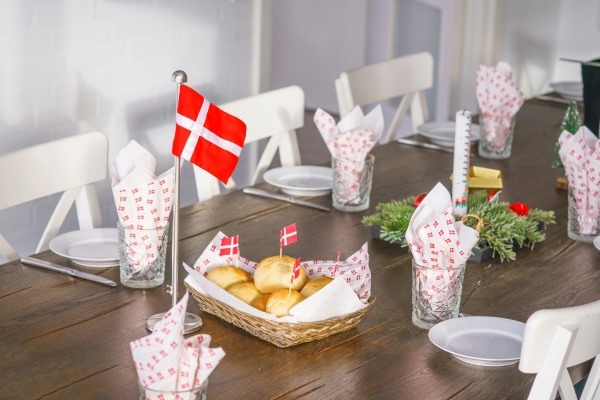
Birthday Traditions in Denmark
Cinnamon and Pepper Shower
Danes approach singles’ birthdays with a similar sense of humor to Germans, but with a “spicier” twist. If you’re turning 25 and don’t have a wedding ring on your finger, your friends have every right to throw you a cinnamon shower. The birthday person is often tied to a pole or tree and doused with water (to help the spice stick to them). After that the person is sprinkled with cinnamon from head to toe. The tradition evolved, and if you’re still single by your 30th birthday, the spice becomes spicier. A pepper shower awaits you!
Symbolism and Context
This unique birthday tradition dates back to the 16th century and harkens back to traveling spice merchants who, traveling from town to town, didn’t have time to start a family. They were called Pebersvends (“Pepper Bachelors”). Today, it’s simply an excuse for extremely messy fun and spectacular photos for social media. Despite its apparent meanness, it’s actually an expression of affection and conveys a sense of belonging amongst a group of friends.
- The seasoning is made with all-natural, sustainably sourced spices and sea salts
- The tins have magnetic bases, so you can easily store them on metal surfaces like a fridge or oven
- Over 70 recipes for all occasions and meal types
- It includes information on how to choose and care for your Dutch oven
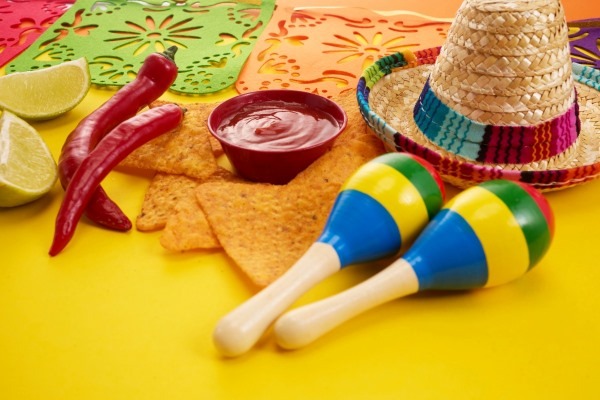
Mexican Birthday Traditions
Face in the Cake and the Legendary Piñata
Mexican birthdays are a fiesta full of color, music, and food. Two traditions stand out. The first is “La Mordida” (the bite). After singing the birthday song, “Las Mañanitas,” the birthday person must take the first “bite” of the cake without using their hands. As they lean over the cake, a guest pushes their head, dipping their face in the cream amidst laughter.
The second Mexican birthday tradition is famous around the world. It is the smashing of a piñata, which is a specially prepared, colorful figure (often in the shape of a star or donkey) filled with sweets. The blindfolded birthday person attempts to smash it with a stick, guided by the guests’ instructions.
Symbolism and Context
“La Mordida” is simply a form of fun and ice-breaking birthday activity. However, the piñata has deeper, religious roots. The traditional Mexican piñata, shaped like a seven-pointed star, symbolizes the seven deadly sins. A stick represents virtue, and blindfolds represent blind faith. Breaking a piñata symbolizes the triumph of good over evil, and the sweets that fall from it are a reward and a blessing.
- Adds an authentic Mexican fiesta feel to any party
- Made from extra-strong materials and it can hold up to 3.5 pounds of treats
- The piñata is easy to set up and includes a 30-foot rope
- It includes a tray, salt rim, and lemon bowl
- Made of sealed and lacquered wood
- It makes a great gift for anyone who is a tequila lover

Birthday Traditions in Vietnam
A Common Birthday for the Entire Nation
In Vietnam, individual birth dates traditionally have little significance. Instead, everyone celebrates their birthdays on the same day during “Tết Nguyên Đán“, the Vietnamese New Year (usually in late January or early February). Whether you were born in May or December, on the first day of Tết, you become a year older. It’s a time when entire families gather together, honor ancestors, and celebrate the arrival of spring.
Symbolism and Context
This Vietnamese birthday tradition emphasizes the collectivist nature of Vietnamese culture. The well-being and harmony of the community are more important than the individual. Growing old together strengthens a sense of national unity and family bonds.
The celebration of life is inextricably linked to the cycle of nature and the renewal that the New Year brings. Although individual Western-style parties are becoming increasingly popular in large cities, Tết remains the most important moment for celebrating age.
- This filter is made in Vietnam from high-quality, durable stainless steel
- It features a gravity insert, which is easier to use than the traditional screw-down types
- Stylish and unique design
- Made from lightweight but durable fabric
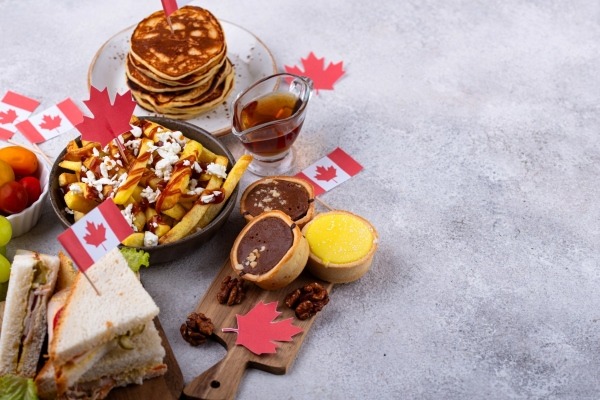
Canadian Birthday Traditions
Ambush and Buttering the Nose
In Canada, particularly in the Atlantic regions, there is a charming and somewhat absurd and unusual birthday tradition known as “greasing the nose.” The birthday person is ambushed by friends or family and their nose is smeared with butter or other fat (e.g. margarine). This funny practice is believed to bring good luck and ward off bad luck for the coming year.
Symbolism and Context
This Canadian birthday custom likely originated with Scottish immigrants. A greasy, slippery nose symbolizes that bad luck and misfortune “slide” down without being able to stick to them. It’s a simple, physical metaphor for wishing good luck. It’s a light, family-friendly activity that generates lots of laughter and is especially adored by children.
- Free from additives and sustainably harvested
- Authentic Quebec Quality
- Perfect for pancakes, desserts, or savory dishes
- Pairs easily with jeans, boots, or casual basics
- Ideal for casual outings, work, or vacations

Brazilian Birthday Traditions
Ear Pulling and the First Slice of Cake
Brazilian birthdays are filled with immense joy. Besides the loud singing of Parabéns pra Você, the birthday person must suffer a slightly painful but well-intentioned ritual. Guests pull on their earlobes once for each year, plus one more for good luck.
Another Brazilian birthday tradition is the moment of cutting the cake. The first slice isn’t for the birthday person, but for the most important person at the party. The recipient could be their mother, father, grandfather, best friend, or partner.
Symbolism and Context
Ear pulling is a playful birthday tradition that symbolizes a wish for a long life, as it’s believed that the longer a person’s ears “grow,” the longer they will live. Another beautiful expression is giving the first slice of cake, which is a sign of respect and gratitude. This gesture allows the birthday person to honor the person they value and respect most and who they believe is most important to their happiness.
- It deeply hydrates the skin for up to 24 hours
- Passion fruit oil is sustainably sourced from local Amazon communities
- It has a unique fruity scent of passion fruit with musky and woody notes
- A unique design with a longer bottom side and a shorter top side creates a flatter surface which minimizes the risk of falling out while you relax
- Made from durable, colorfast cotton, and holds up to 660 pounds
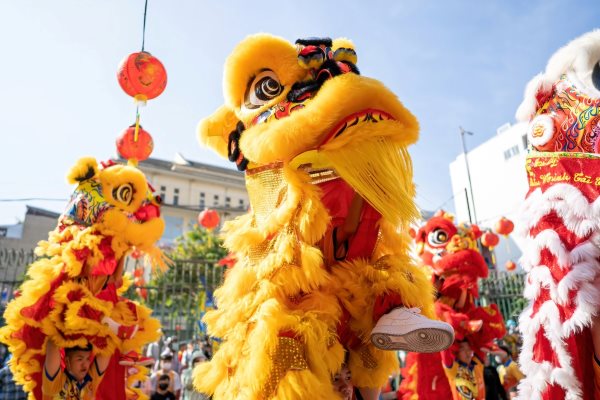
Chinese Birthday Traditions
Longevity Noodles and Age-Related Taboos
In China, birthdays, especially for the elderly, are celebrated with great respect and a focus on symbolism. A key element is eating “longevity noodles” (chángshòu miàn). It is actually one very long noodle served in a bowl, which the birthday person must eat without interruption. The more of it that they manage to eat, the longer their life will be!
Interestingly, some birthdays, such as the 40th for men, are sometimes not celebrated because the number “four” sounds similar to the word for “death.”
Symbolism and Context
Every element of a Chinese birthday tradition has significance. Pasta symbolizes long life, peaches symbolize immortality, and the color red symbolizes happiness and prosperity. Avoiding certain numbers demonstrates a deeply rooted belief in numerology and the power of words. The celebration focuses on ensuring the birthday person’s happiness, health, and future prosperity. This is often achieved through symbolic foods.
- This tea set makes a distinctive and ideal gift for any tea lover on special occasions
- Suitable for brewing all different types of tea: black, green, red tea
- Made from authentic jade stone, which is known for its positive effect on the skin
- The set is easy-to-use and includes a comprehensive e-guidebook to help get the best results
- The jade roller helps reduce facial puffiness and the gua sha tool sculpts the face

Birthday Traditions in Argentina
Flour, Eggs, and the Mess Festival
The Argentinian quinceañera, fifteenth birthday, is known for its extravagance, easily outshining other traditional birthday celebrations. While the ceremony itself is elegant, friends of the birthday boy or girl often throw a messy surprise at them. Water is poured over them, and then they are covered with flour, raw eggs, and sometimes even ketchup until they look like walking dough.
This sticky surprise is organized by the birthday person’s close friends and family, and it is not part of a formal party. It’s a spontaneous and unofficial rite of passage.
Symbolism and Context
Like the Danish cinnamon shower, this is primarily a form of silly fun and a token of friendship. The mess symbolizes the chaos of childhood from which the birthday boy or girl is emerging as he or she enters adulthood. It is a rite of passage in its most literal, dirty, and unforgettable form. The messier the mess, the more successful the surprise and the more love shown by friends.
- The set provides everything needed for an authentic yerba mate experience, including a thermos, cup, and two bonus gifts
- The kit is a high-quality, functional, and eco-friendly
- It's compact and lightweight, making it easy to carry wherever they go
- It can be used for many things, including as a sofa cover, bed blanket, or even as a rug

Birthday Traditions in the Netherlands
A Calendar in the Toilet and Congratulations to Everyone
The Dutch have a very pragmatic and communal approach to birthday traditions. Firstly, to ensure they never forget important dates, many hang a special birthday calendar (Verjaardagskalender) in the toilet.
This gives every guest (and household member) the opportunity to regularly check who is celebrating soon. Secondly, a unique custom prevails during birthday parties. When congratulating the birthday person, congratulations are offered not only to the birthday person but also to all members of their family: “Congratulations on your son!” and “Congratulations on your sister!”
Symbolism and Context
The calendar in the toilet demonstrates Dutch practicality and a sense of humor. The custom of congratulating the entire family emphasizes that a birthday is an event that involves the entire community. The success and joy of one person brings joy to the entire group. It’s a beautiful symbol of how much the Dutch value family and social bonds.
- The blank tags let you customize it with your own colors and designs
- Made from strong, synthetic wood
- Beautiful design and soft glow make it a perfect decoration for any room
- The lamp comes in a lovely gift box, so it's ready to be presented at any special occasion
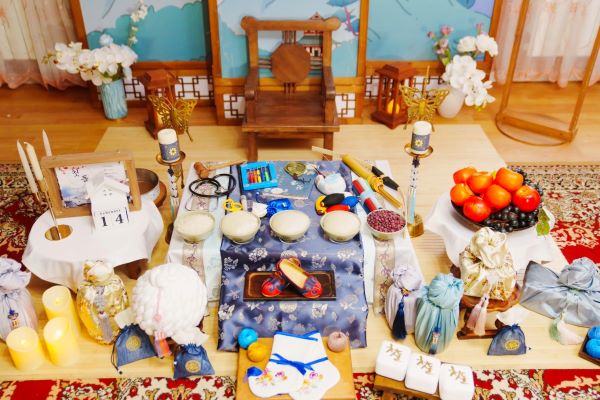
South Korean Birthday Traditions
Seaweed Soup and Age Counted from the New Year
Koreans, like the Vietnamese, traditionally counted age in a specific way (this system was not legally standardized until 2023!). A child was already one year old at birth, and another year was added on January 1st. Regardless, a key part of every birthday celebration is eating seaweed soup, or miyeok-guk, for breakfast.
Symbolism and Context
Seaweed soup is not a random dish. It is rich in iodine and calcium, which is why it is traditionally given to women after childbirth to help them regain their strength. By eating it on their birthdays, Koreans pay tribute to their mothers and remind themselves of the pain and effort they put into their birth. It’s a beautiful, touching gesture of gratitude that puts the spotlight not on the birthday boy or girl, but on their mother.
- It’s a symbol of health and longevity in Korean culture
- The supplement supports overall wellness by boosting immunity, increasing stamina, improving memory, and fighting fatigue
- This kit provides a unique, seven-day routine with a different mask for each day
- The masks are made from an ultra-thin, plant-based cellulose sheet that is soft, hypoallergenic, and eco-friendly
- Each mask is designed with a specific purpose, such as revitalizing and calming, to providing intense hydration and improving elasticity





